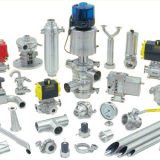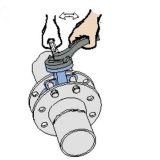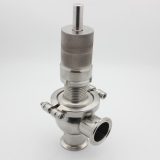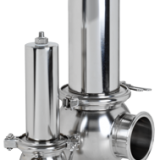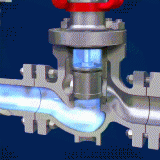A pneumatic actuator essentially comprises a cylinder, a cylinder and valves or orifices. The cylinder is attached by a stomach, or joint, which holds the air in the upper segment of the chamber, allowing the gaseous tension to constrain the stomach down, moving the cylinder underneath, which is connected parts of the actuator. Pneumatic actuators may have just one place for a sign, up or down, depending on the activity required. The valves require little pressure to operate and normally double or triple the energy of the information. The larger the roll, the greater the flow pressure will be. Having a larger cylinder can additionally be great if the air supply is low, allowing the same powers with less to enter. These pressures are large enough to overwhelm the issues in the channel. On 100 kpa data, you can lift a bit of auto efficiently, and it’s just a small, basic pneumatic valve. On the other hand, the necessary powers of the stem would be exceedingly extraordinary and would cause a fall of the valve stem.
This pressure is exchanged against the valve stem, which is blocked either at the valve attachment, at the butterfly valve and so on. Higher resistances are needed in high pressure or high flow lines to allow the valve to overcome these powers, and allow it to move the moving parts of the valves to control the flow of material inside.

The pressure of the sanitary valves is the “control indication”. This can come from a mix of measuring gadgets, and each distinctive pressure is an alternative point located for a valve. An average standard sign is 20-100 kpa. For example, a valve could control the pressure in a container that has a constant flow, and a delayed flow. A pressure transmitter will monitor the pressure in the tank and transmit a 20 to 100 kPa signal. 20 kpa implies that there is no pressure, 100 kpa implies that there is a complete extension pressure. When the pressure rises in the tank, the efficiency of the transmitter rises, this construction pressure is sent to the valve, which causes the stroke of the valve, and begins to close the valve, decreasing the flow in the vessel, decreasing the pressure in the vessel that the abundance pressure is cleared through the outflow. This is known as an immediate action methodology.
